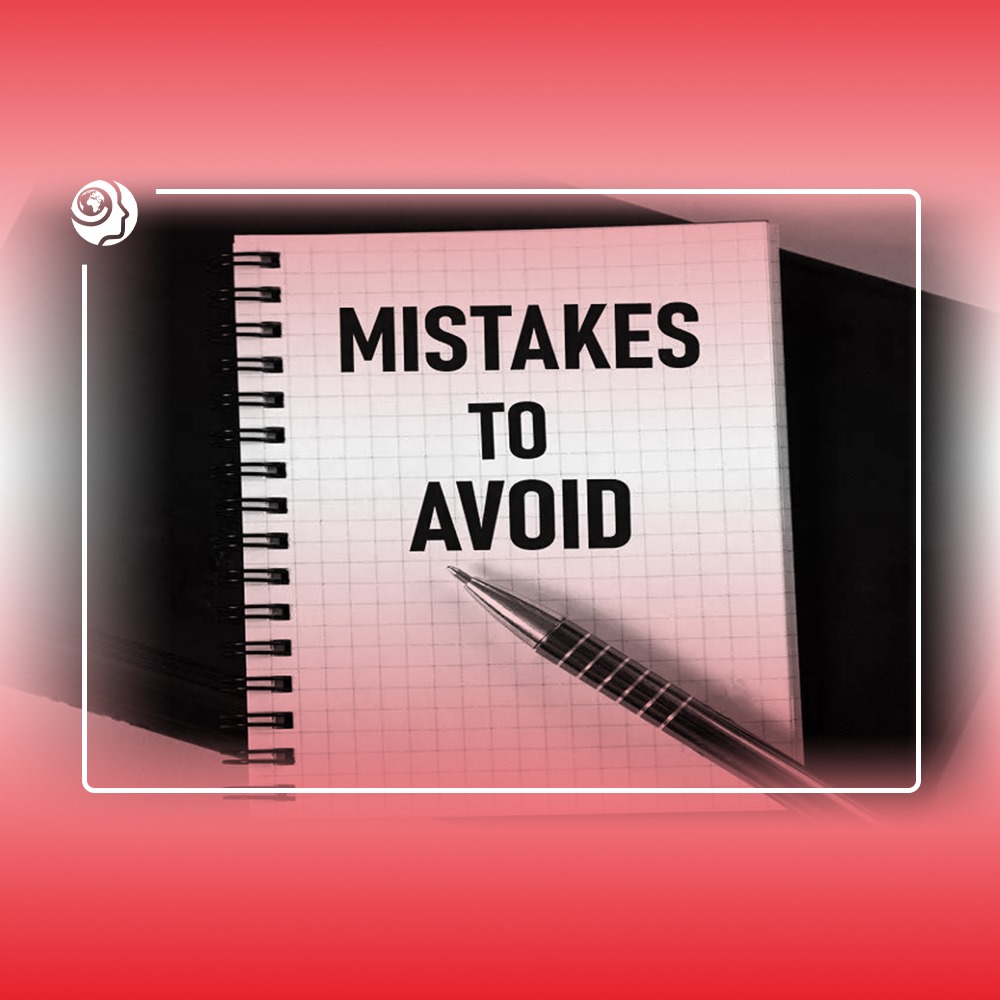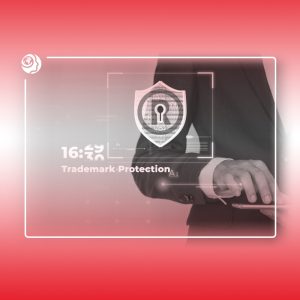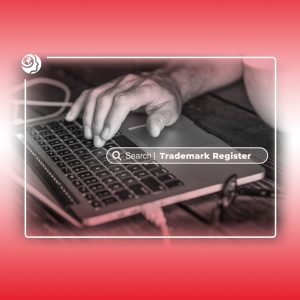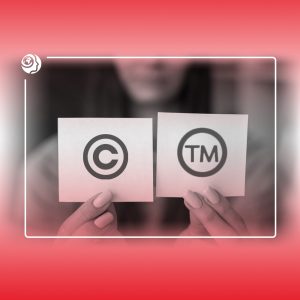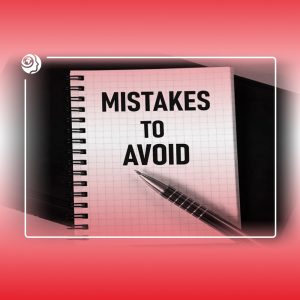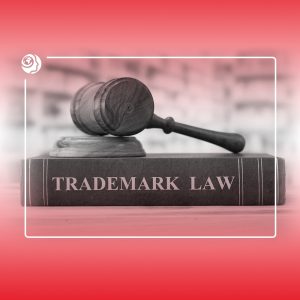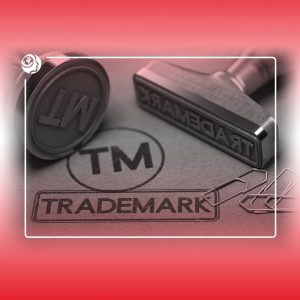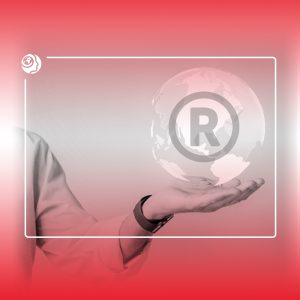Part 5: Common Trademark Search Mistakes and How to Avoid Them
After covering all technical aspects of trademark searches in previous sections, we now focus on practical implementation. This final section reveals the most frequent mistakes applicants make and how to avoid them to save time, money, and legal troubles.
1. Relying Only on General Search Engines (Like Google)
Common Mistake:
“I searched my brand name on Google and found nothing, so the trademark must be available!”
search for a pre-registered trademark before trademark registration
Why This Is Wrong:
Correct Approach:
Always use official databases mentioned earlier (like SAIP for Saudi Arabia or WIPO internationally)
2. Ignoring Similar (Not Just Identical) Marks
Real Disaster:
In 2022, Saudi Arabia rejected “Kayan Cafe” due to similarity with “Kayan Coffee” registered since 2019, despite different wording.
Critical Checks:
Search for similarities in:
Pronunciation (e.g., Nike vs Nikey)
Meaning (e.g., “Qamar” vs “Moon”)
Visual appearance (even with different letters)
search for a pre-registered trademark before trademark registration
3. Neglecting Other Product Classes
Eye-Opening Example:
“Aramex” is known for shipping but registered in 15 other classes (including food and clothing)
Smart Strategy:
Identify your core class (e.g., Class 25 for clothing)
Check related classes (e.g., Class 18 for bags)
Review unexpected classes (some companies register broadly)
4. Rushing Registration Before International Search
Costly Lesson:
“Maha Perfumes” successfully registered in Saudi Arabia, then discovered their mark was taken in France – blocking European exports.
Preventive Measures:
Complete local search first
Verify registration in:
search for a pre-registered trademark before trademark registration
5. Overlooking Logo Searches
Legal Reality:
Logos receive equal protection as names. In 2023, “The Cafe” had to redesign its logo for resembling “Cafe River’s” design (70% similarity).
Logo Search Tips:
Use reverse image search (Google Images)
Try image search in TMview
Consult graphic designers for visual comparisons
search for a pre-registered trademark before trademark registration
6. Failing to Document Search Process
Common Problem:
Relying on memory leads to application mistakes.
Professional System:
Create a file containing:
Search result screenshots
Search dates
Page links visited
Notes on similar marks
search for a pre-registered trademark before trademark registration
Final FAQ Round
Q: How many searches should I conduct before filing?
A: Ideally three times:
When selecting the name
Before logo design
One day before official filing
search for a pre-registered trademark before trademark registration
Q: What if I discover post-registration that the mark exists?
A: Options include:
Appealing the registration (within 6 months in most countries)
Negotiating with the original owner
Modifying your mark (adding distinctive elements)
search for a pre-registered trademark before trademark registration
Q: Can I rely solely on lawyers for searches?
A: Yes, but:
search for a pre-registered trademark before trademark registration
Ultimate Search Checklist (7 Steps)
Start locally (your country’s trademark office)
Expand regionally (neighboring countries/Middle East)
Verify global status (especially industry hubs)
Check all relevant classes
Examine name and logo similarities
Thoroughly document all findings
Consult experts before final submission
search for a pre-registered trademark before trademark registration
Conclusion:
Your trademark is your business identity and most valuable intangible asset. Comprehensive searching isn’t optional – it’s an investment that protects you from potential million-dollar losses. We hope this complete guide has equipped you to navigate trademark searches confidently.
search for a pre-registered trademark before trademark registration
Your Next Step:
Begin your search today using the tools we’ve outlined, and don’t hesitate to consult professionals when needed. Remember: One hour of proper research could save you years of legal battles!
search for a pre-registered trademark before trademark registration
Call us now:


